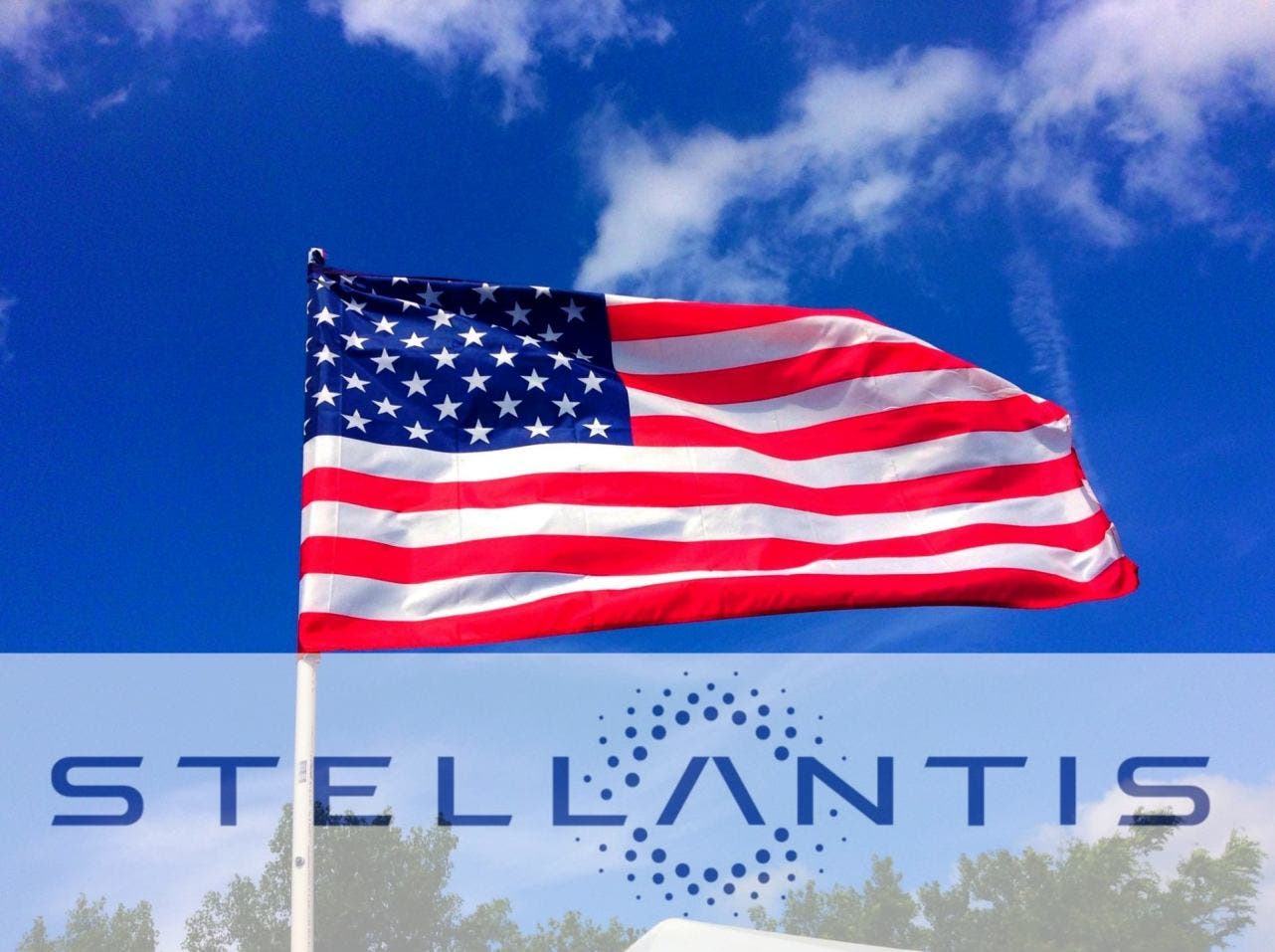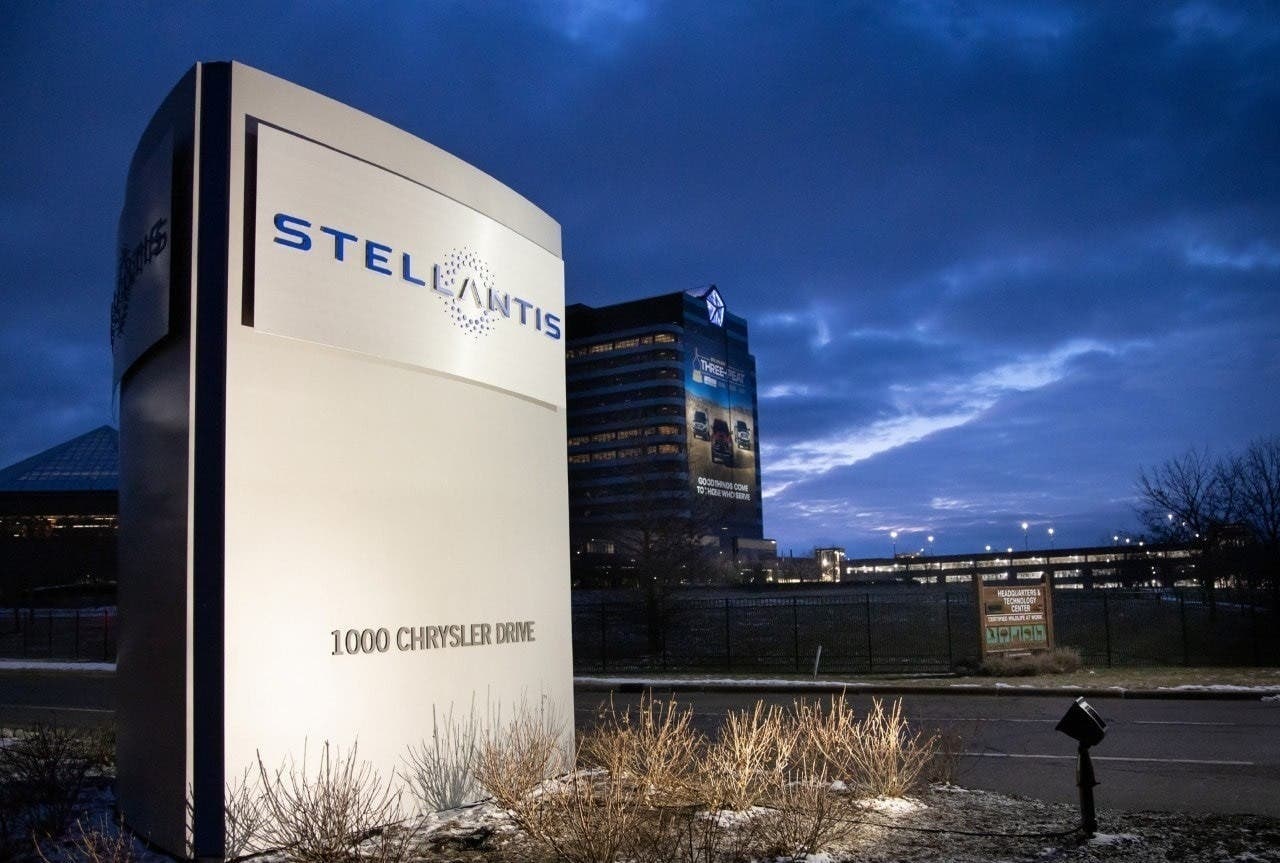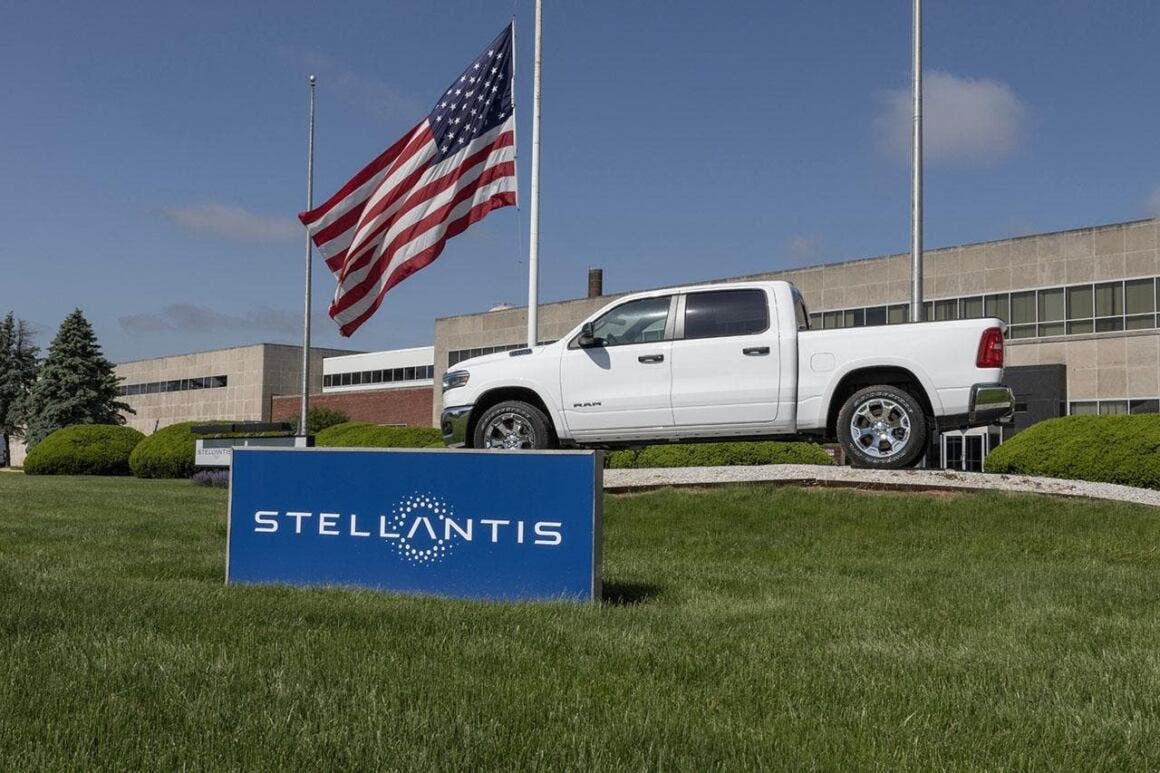Despite the federal government withdrawing California’s strictest emissions regulations, Stellantis remains bound to meet very ambitious targets related to electric vehicle adoption in the state. This obligation stems from a 2024 agreement signed with the California Air Resources Board (CARB), designed to avoid legal disputes and obtain temporary relief from penalties for previous environmental violations.
Stellantis bound by California EV rules, despite federal-level cancellation

According to Detroit News, the agreement, voluntarily signed under former CEO Carlos Tavares’ leadership, requires Stellantis to meet California’s zero-emission vehicle (ZEV) targets through 2030, even if the same rules are no longer mandatory at the federal level. This puts the group in a delicate position, with standards that today don’t burden many of its direct competitors.
Starting with model year 2026, 35% of California sales must consist of zero-emission vehicles, a quota that will rise to 43% in 2027 and reach 68% by the end of the decade. The problem? Stellantis is behind schedule. At the end of 2024, the company offered only one EV in the United States, the Fiat 500e. In the first months of 2025, other electric models arrived including the Dodge Charger Daytona, Jeep Wagoneer S, and Ram ProMaster EV, but sales remain below expectations: only 5,000 units in the first quarter, less than 2% of the total.
While some manufacturers including Ford, Honda, and Volkswagen have signed separate agreements with California, they could now benefit from greater flexibility. Stellantis, instead, had to accept a more rigid path, which includes additional commitments such as reducing 10 million tons of CO2 by 2026 and investing $10 million in public charging infrastructure.

Dealers, especially in California, are beginning to express concern. EV demand is still limited and the timeline to adapt to the targets seems tight. Additionally, the possible depletion of the emissions credit market could reduce available options to compensate for the delay.
Meanwhile, Governor Gavin Newsom has already begun developing the next environmental regulations, promising that California will not step back, regardless of federal decisions. For Stellantis, the challenge has just begun.
